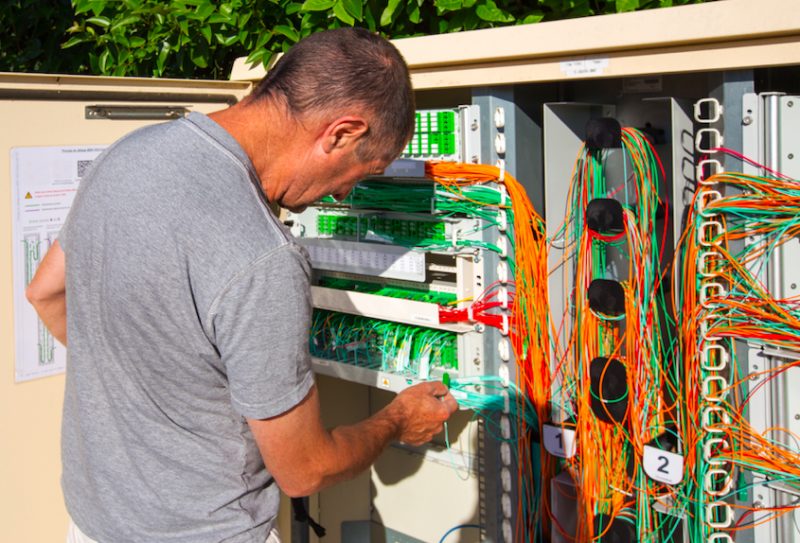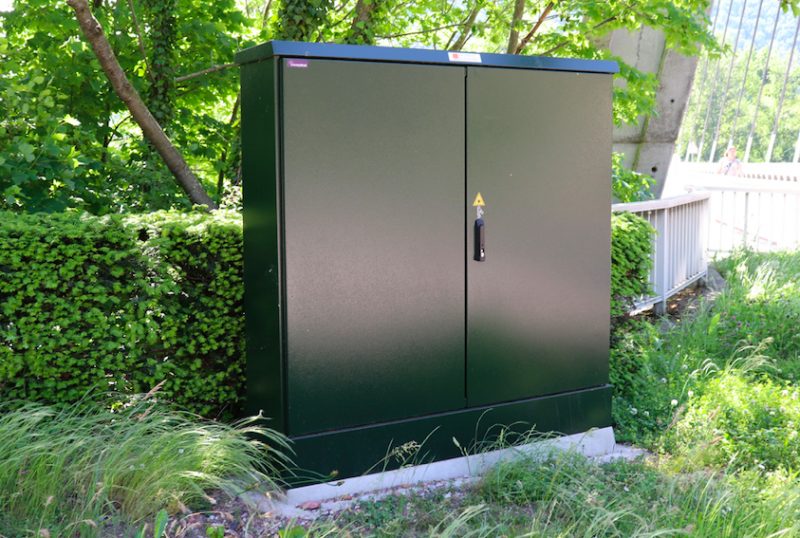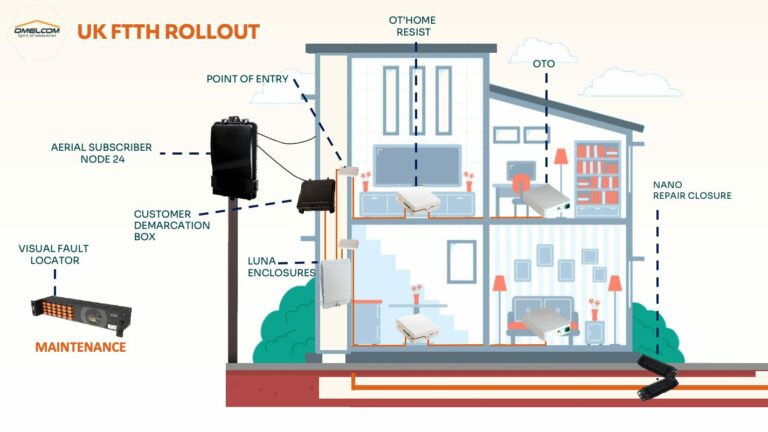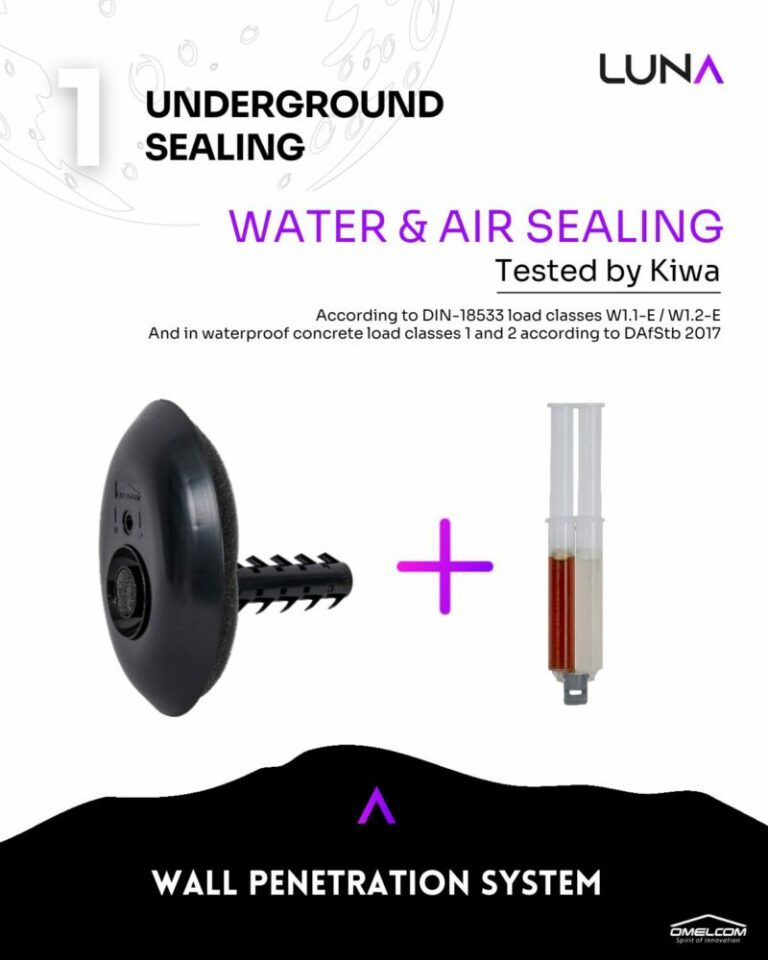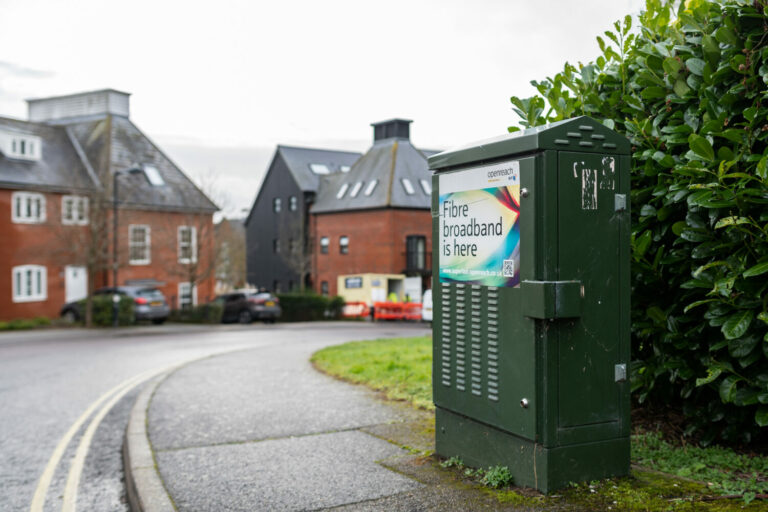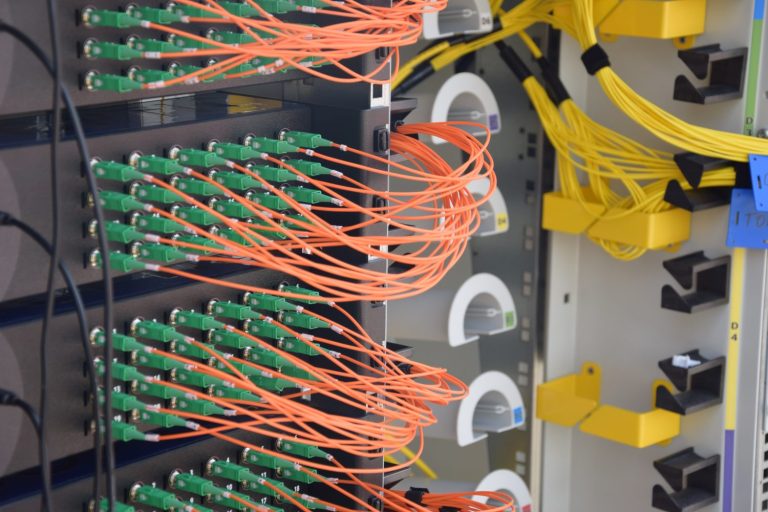With a copper network dismantling planned by 2030 in France, the fibre network roll-out all around the country is becoming a strategic issue for operators.
From 2026, French people will not be able to subscribe to an xDSL offer.
The pressure is getting high for operators who will not be able to operate on a copper network and, as a result, they will have to offer their new subscribers a high quality and long-life FTTH network.
A race against the time is underway for a successful fibre roll-out.
Facing competitors and soaring energy costs, operators look for economic solutions for fibre roll-out. Credits : Adobe Stock
A multifactorial challenge for operators.
Unprecedented challenges to overcome for operators include:
- Trained human resources in each geographic area need to be hired
- Guaranteed results need to be respected: this means a guarantee of the quality of the infrastructures roll-out
- Heavy economic pressure in a more and more competitive environment
Quality checks are the key success factor for the roll-out
Nowadays, three technical solutions are used to certify a good optical fibre roll-out implementation:
- – Reflectometry: analysis of a reflected signal sent into the link to be monitored to determine its performance.
- – Photometry: measurement of the attenuation of the signal intensity between the input and output points.
- – Continuity: observation of the continuity of a light signal between the input and output points.
It is not always easy to make cabinets speak! Credtis: Adobe Stock
These three technical ways of checking are, of course, complementary thanks to their several benefits. And more particularly into their implementation. Be aware that ARCEP requires, in its functional and technical specifications collection, a distribution fibre matching test (c.f page 77) using reflectometry or continuity tests.
Both methods require two technicians’ collaboration, but the continuity one is much more economic thanks to a less expensive tool that is needed.
Optical road: a quality and long-life challenge for our network
The continuity test enables confirmation of the good connexion from the central node to the customer’s house through the fibre. It is a necessary step for operators in order to correctly connect their new subscribers. By mistake, some technicians omit to undertake these continuity tests, judged as less effective as only a laser pen is required. They do, however, prevent fibre connexion inversions and guarantee a long-life FTTH network.
Optical road: a quality and long-life challenge for our network.
Quite simply at first sight, the continuity test has some significant cons and issues :
1) Technician mobility and results storage:
- Two people are needed to undertake this test: one activating the signal from one side of the connexion, the other one having a look on the other side checking if the light is coming out at the end point.
- The entry connexions are all located at the same place, in contrast to the extremities, which are spread in different technical outputs: you have to go to each ending point and check if the light is coming out.
- Laser pens have no storage capability in order to gather realised testing results and share it at the end of the control period.
2) Health and safety rules to be adopted by controllers:
- A more than 1mW powered laser is needed to be able to observe the light through a monomodal fibre of more than 5km. The use of that kind of laser could be dangerous for the one who would not respect usage regulations.
3) Non ecological implementation and tools:
- Several back and forth to each technical points in order to verify the continuity, it’s too much!
- Laser pens usually used for this kind of tests works thanks to disposable and non-reusable batteries.
Omelcom has developed a way to overcome all of these challenges and help operators in the FTTH roll-out.
After analysing and understanding the complexity of economical, technologicaland human resources challenges encountered by this in-transition field, Omelcom’s R&D teams identified a way to face these issues through a complete range of innovative solutions under the name of Ludoptic. These are safe multi-lasers boxes which are easily remotely managed, thanks to an ergonomic web designed mobile app “Omelcom Connect”.
In 2023, the technical expertise and the fibre innovation keep being a winning duo!
